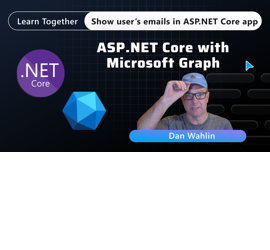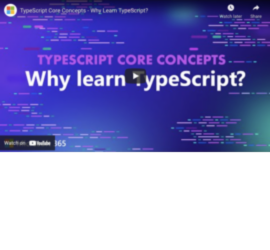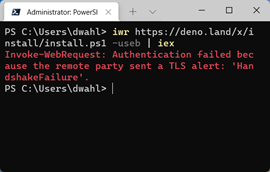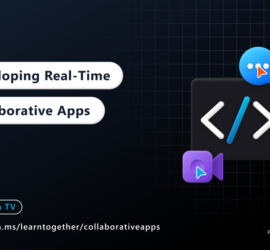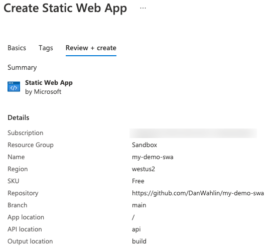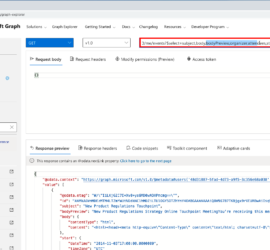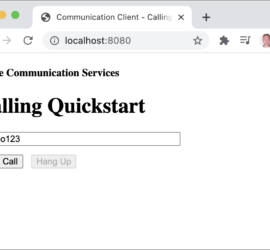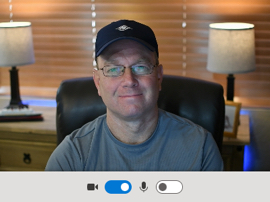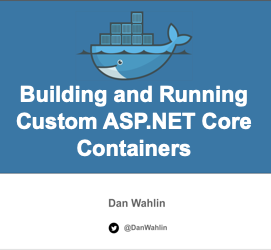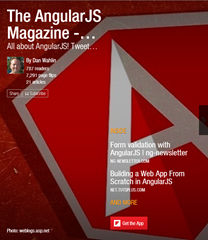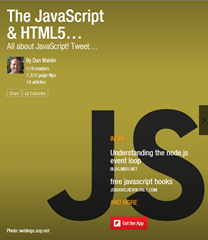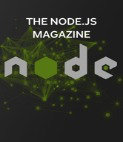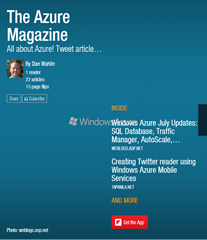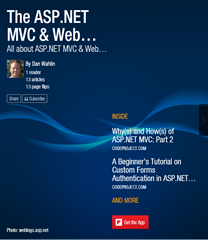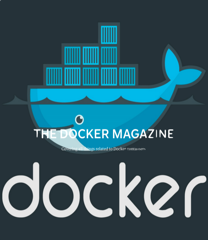Video: Show a user’s emails in an ASP.NET Core app using Microsoft Graph
I’ve been working a lot with .NET Core and Microsoft Graph lately and decided to put together a short video based on a Microsoft Learn module covering how the technologies can be used together. If you haven’t used Microsoft Graph before, it provides a secure, unified API to access organizational data and intelligence (data stored in Microsoft 365 for example). So why would you ever want to access a signed in user’s emails and include them in your custom app? The simple answer is, “Bring organizational data where your users need it everyday!”. Instead of users switching from your app […]

